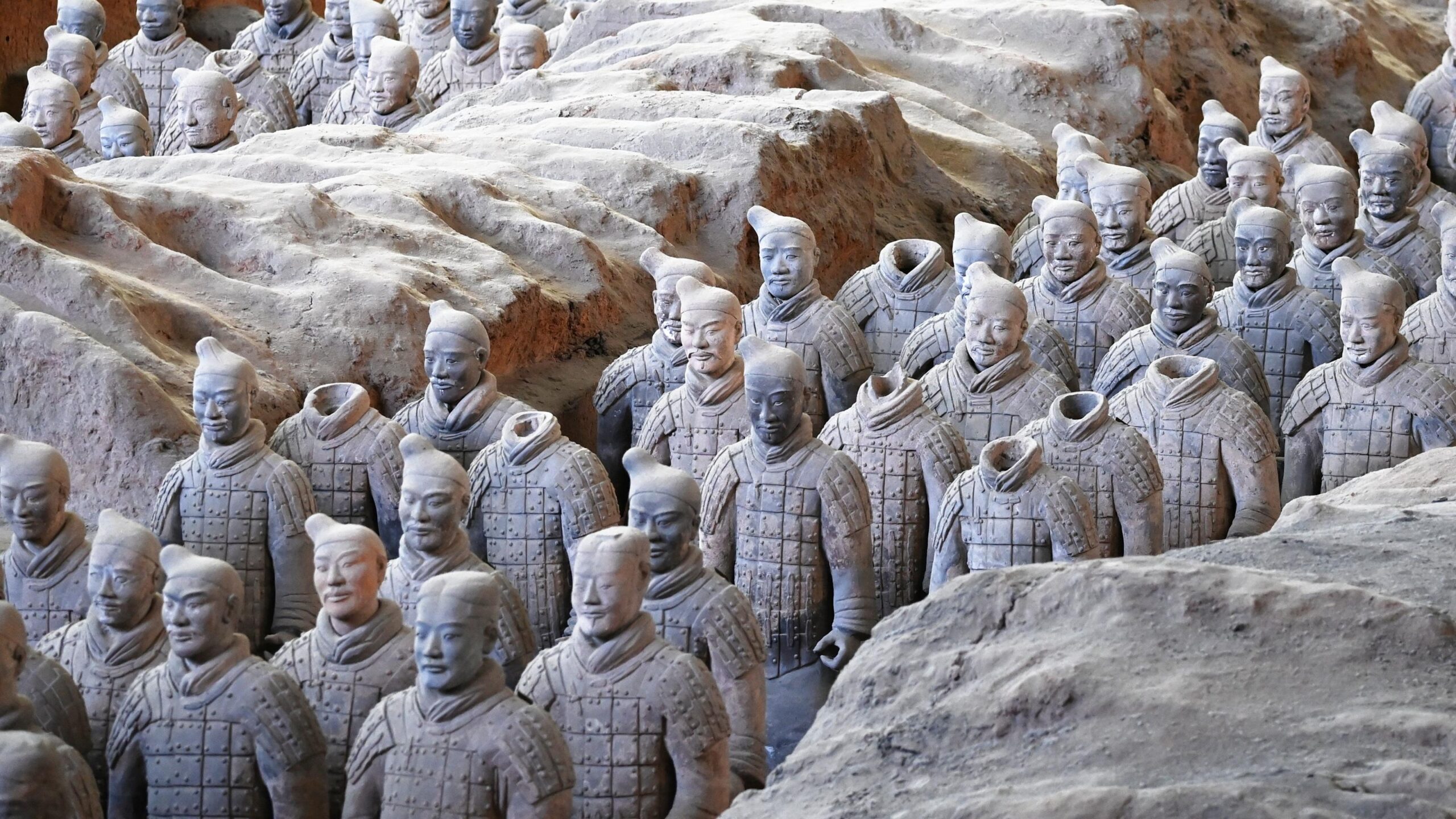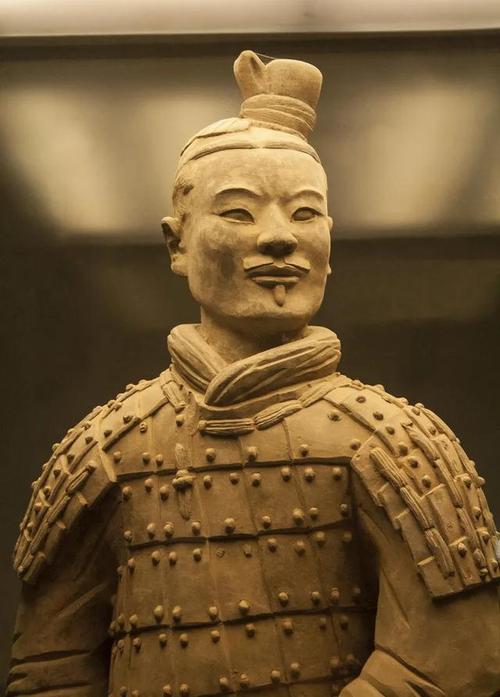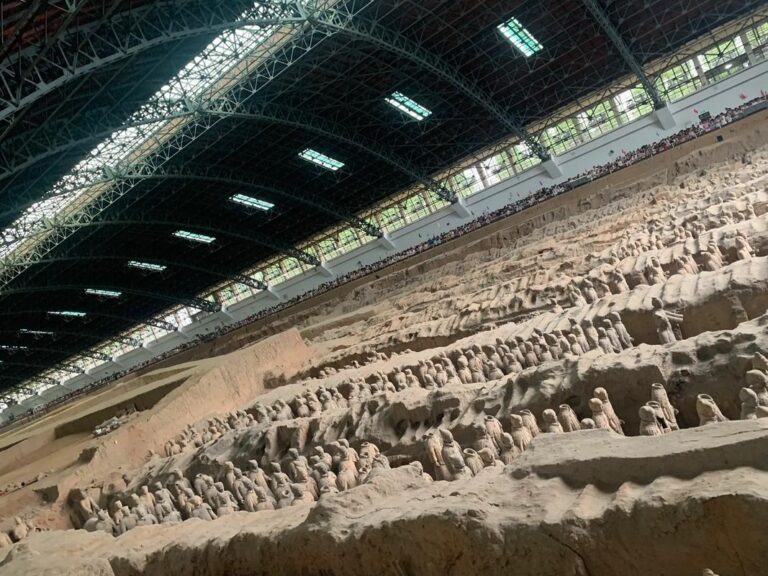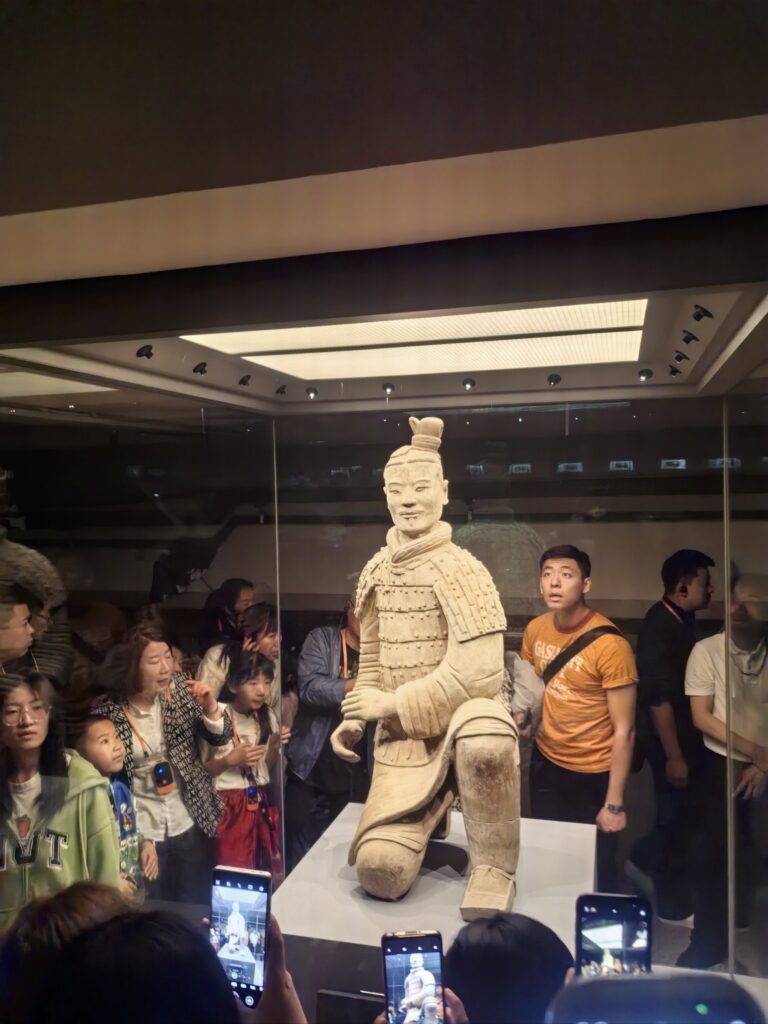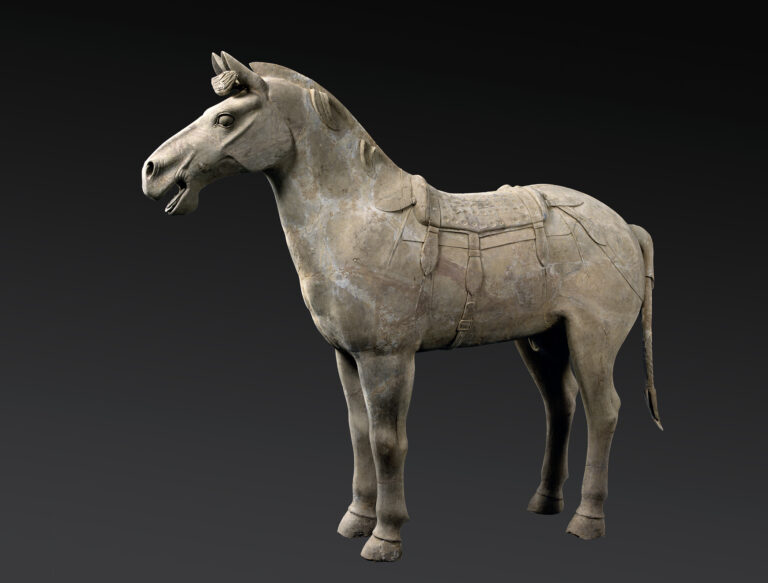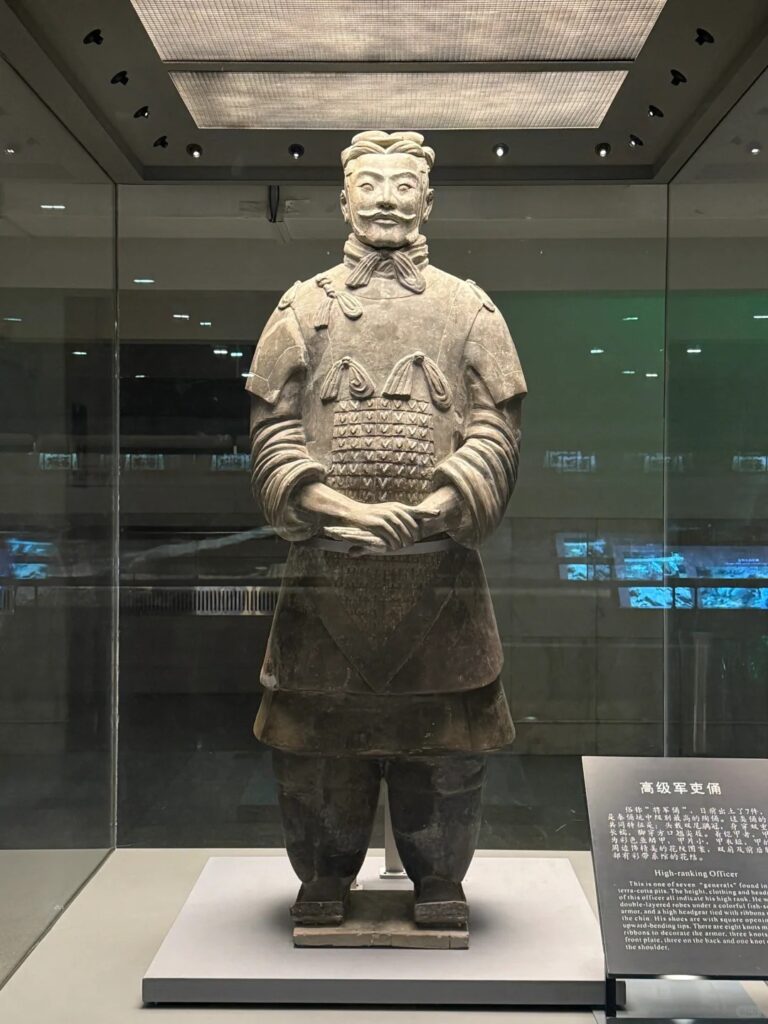Why were the terracotta soldiers broken?
Why are the Terracotta Warriors in pieces? A Thousand-Year-Old Mystery of the Underground Legion Revealed
In 1974, Shaanxi farmers drilling a well discovered the world-shattering Terracotta Army. When archaeologists opened the underground palace, they saw colorful ceramic pieces all over the ground – the original majestic terracotta soldiers had almost all turned into fragments. Why Qin Shi Huang‘s “underground army” will be collectively broken? Let’s travel 2200 years to find the answer.
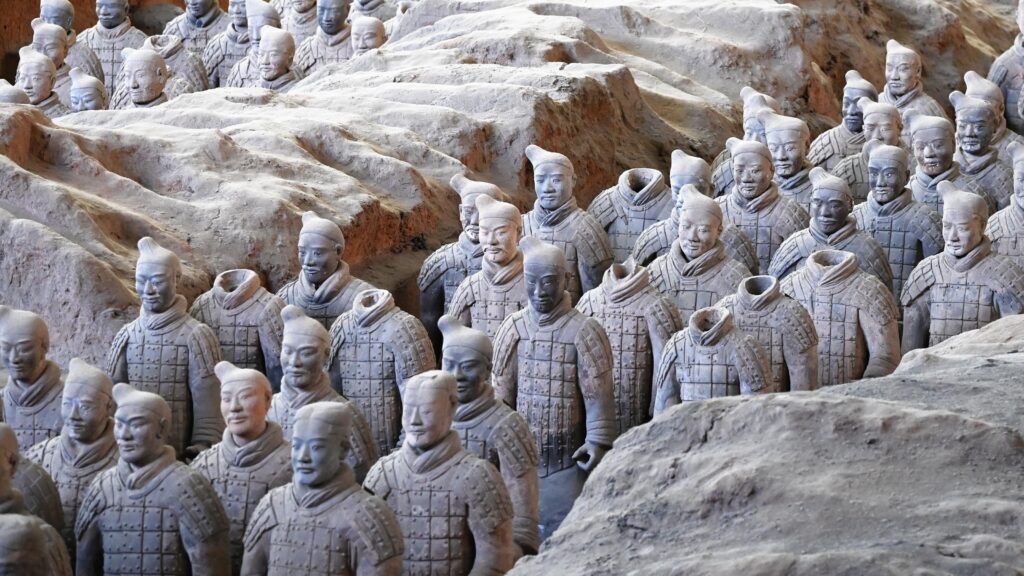
First, the impact of time: the destruction of the forces of nature
These terracotta warriors have been sleeping underground for more than 20 centuries, and have experienced at least three major natural disasters:
1. Earthquake impact: history records, 209 BC (the year after the fall of the Qin Dynasty) Guanzhong region in a major earthquake, the underground tunnels of the wooden roof collapsed, and a large number of terracotta warriors were smashed!
2. Flooding: During the Han Dynasty, the Wei River flooded many times, and groundwater seeped into the terracotta pits, leading to repeated expansion and contraction of the clay of the terracotta figurines, which eventually disintegrated.
3. salt corrosion: soil salts and alkalis like “invisible killer”, gradually erode the internal structure of terracotta
Interestingly, scientists with CT scanning found that each terracotta figurine of the broken position are like “ID card”, through the cracks towards the direction of the disaster can be judged which it has experienced.
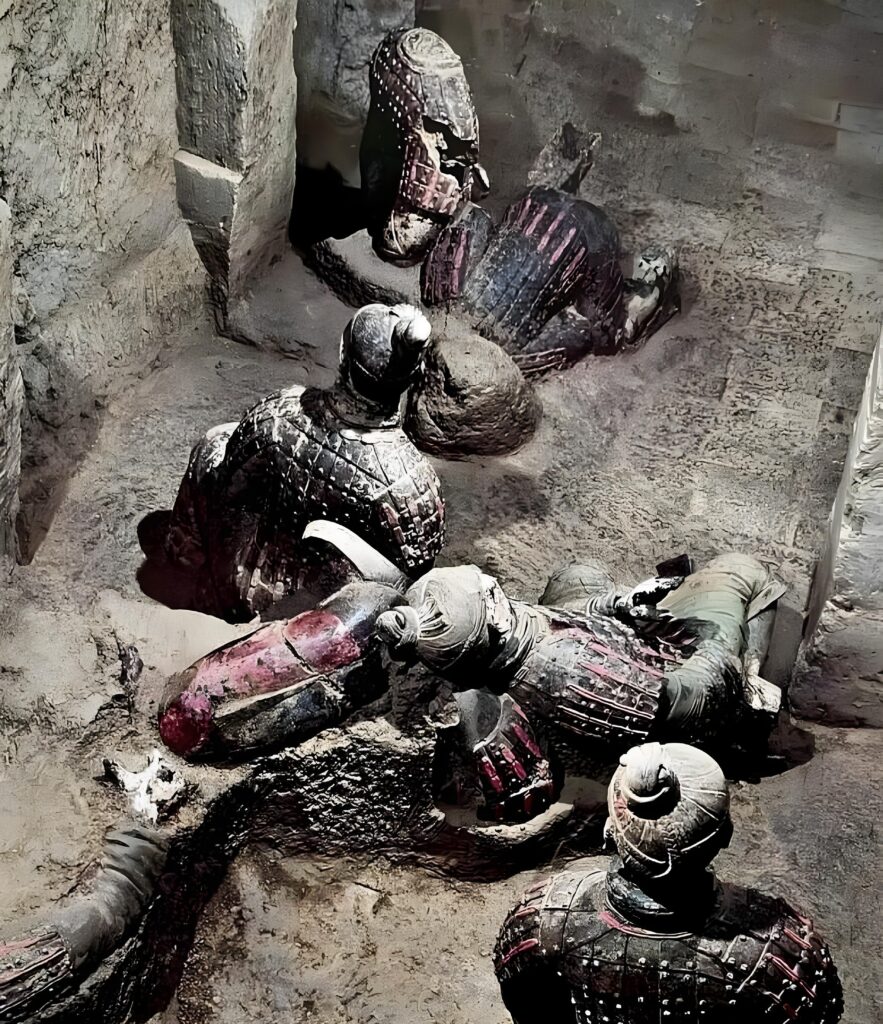
Second, human destruction: war and greed
When archaeologists cleaned up the fragments, they found three particular pieces of evidence:
– A large number of bronze weapons had been deliberately broken
– The walls of the pit showed signs of fire.
– Some of the terracotta figures were missing their precious decorations.
This corroborates the record in the Records of the Grand Historian: After Xiang Yu invaded Xianyang, in retaliation against Qin Shi Huang, he not only burned down the palace, but also sent his soldiers to destroy the burial objects of the imperial tomb. The destruction by successive generations of grave robbers has added to the woes of the terracotta figurines. Like the American Gold Rush period of mine robbers, these people use brute force to smash the terracotta figurines looking for treasures.
Third, the fragile beauty: the reaction of advanced technology
The wisdom of the Qin Dynasty craftsmen instead accelerated the pottery figurines broken:
1. hollow process: in order to reduce the weight, the body of the terracotta warrior is hollow (only solid legs), this structure is more vulnerable to breakage
2. Modular assembly: different body parts are fired separately and then spliced together, making the joints vulnerable.
3. Colored coating: the raw paint layer quickly curls and peels off when exposed to air, tearing the top layer of clay with it.
This is like building a house with Legos, which is easy to build but far less impact resistant than whole poured concrete.
Fourth, the modern challenge: the dilemma of archaeological conservation
When first unearthed in 1974, 80% of the terracotta figurines were in a fragmented state. Three other modern factors contributed to this condition:
1. Sudden exposure to air: the drastic change in temperature and humidity of the burial environment caused the pigment layer to buckle within 15 seconds
2. Early technological limitations: lack of conservation awareness in the 1970s, when some staff members directly bonded the fragments with epoxy resin
3. Difficulty of restoration: each terracotta figurine has an average of 30-50 pieces, the most complex general figurine fragments up to 230 pieces!
V. The value of fragments: how to reunite the broken mirror
Today’s restoration workshop is like a high-tech hospital:
– A 3D scanner creates a “digital skeleton”.
– A microanalyzer detects the composition of ancient clays.
– Nanomaterials fill in the missing pieces.
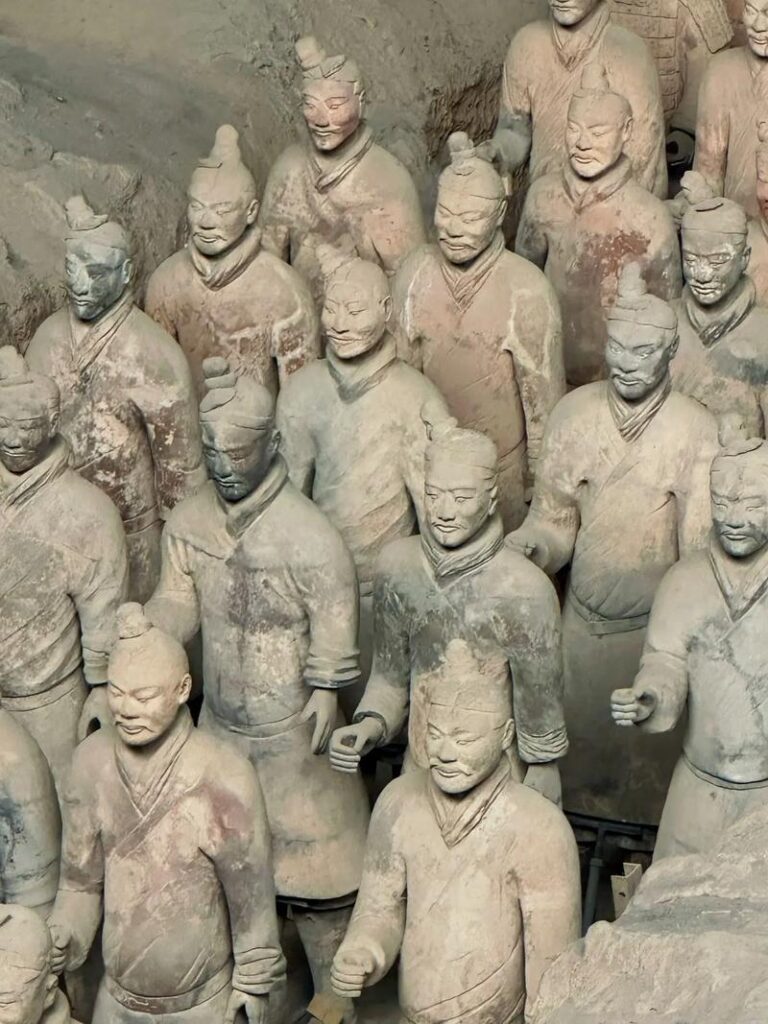
But archaeologists purposely preserve some of the damage because the cracks themselves are a testament to history. Like the patina of the Statue of Liberty or the cracks of an Egyptian obelisk, the brokenness allows us to touch time more truly.
The Complete History Behind the Broken
When you see the neatly arranged terracotta warriors and horses in Xi’an, please pay attention to those tiny traces of repair. Each crack tells a story: it is the anger of Xiang Yu’s soldiers, the release of earthquake energy, the greed of grave robbers, and the story of modern archaeologists’ race against time. These “scars” give warmth to the cold clay, reminding us that true eternity lies not in remaining intact, but in remembering the reality of all that has been experienced.

